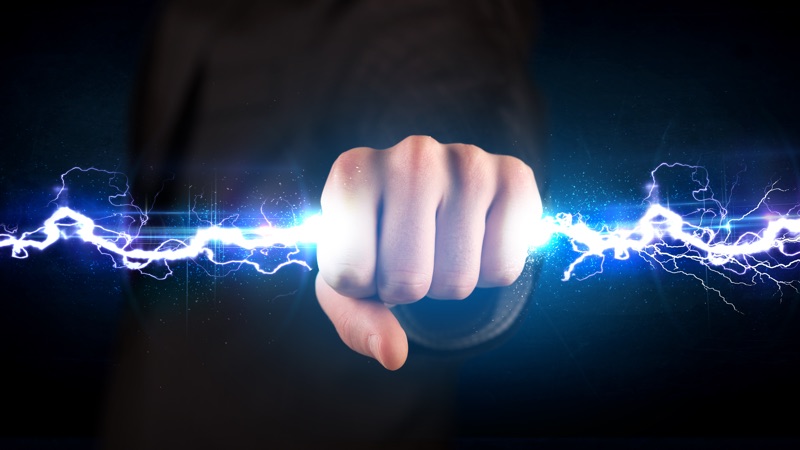
The Commercial and Industrial (C&I) sector heavily relies on consistent and high-quality electrical power to ensure efficient operations. However, various electrical disturbances, known as transients, can significantly impact power quality, causing operational disruptions and potential harm to sensitive equipment. In this article, we’ll delve into the different types of transients that can affect C&I facilities and explore how smart meters, including energy consumption sub-metering, time-of-use energy meters, power quality meters, and RS485 communication, can help mitigate their impact.
Understanding Transients and Their Impact
Transients are brief, high-energy electrical disturbances that can disrupt the normal flow of power. These disturbances come in various forms, such as:
Voltage Spikes: Sudden and short-lived voltage increases, often caused by lightning strikes or electrical switching events.
Voltage Dips/Sags: Temporary reductions in voltage, usually resulting from grid overloads or equipment startups.
Voltage Swells: Short-term voltage increases, often caused by rapid load reductions or reactive power compensation.
Harmonics: Non-sinusoidal waveforms resulting from the interaction of nonlinear loads, leading to voltage distortions.
Frequency Variations: Abnormal fluctuations in power frequency, which can adversely affect frequency-sensitive equipment.
If not adequately addressed, these transients can lead to equipment damage, increased downtime, and reduced operational efficiency.
Smart Meters: Mitigating Transients and Enhancing Power Quality
Smart meters provide a sophisticated solution for mitigating the impact of transients on power quality. They offer real-time data on various aspects of electrical supply, including power consumption, voltage, frequency, and more. This capability enables C&I facilities to effectively monitor and manage their electrical systems. Here are some essential smart meters in this process:
1. Power Quality Meters
Power quality meters are essential for monitoring and analyzing the quality of electrical power. They capture critical data, including voltage and frequency variations, harmonics, and transient events. By continuously assessing power quality, facilities can proactively address transient disturbances, minimizing their impact and ensuring consistent power delivery.
2. RS485 Communication
The RS485 communication protocol allows smart meters to share real-time data with central control systems. This ensures that information is readily available for analysis and decision-making. This communication capability facilitates rapid responses to transient events, enabling facilities to take immediate corrective actions.
Conclusion
In the C&I sector, the impact of transients on power quality can be detrimental, resulting in equipment damage, increased downtime, and reduced operational efficiency. Smart meters, such as energy consumption sub-metering, time-of-use energy meters, power quality meters, and RS485 communication, play a pivotal role in mitigating the impact of these transients.
By providing real-time data and insights, these smart meters enable facilities to proactively manage their electrical systems, identify transient patterns, and implement targeted solutions. With improved power quality, C&I facilities can enhance their operational efficiency, reduce the risk of equipment damage, and ensure a reliable and consistent power supply. Smart meters are a key tool for businesses looking to maintain a competitive edge and keep their operations running smoothly.







